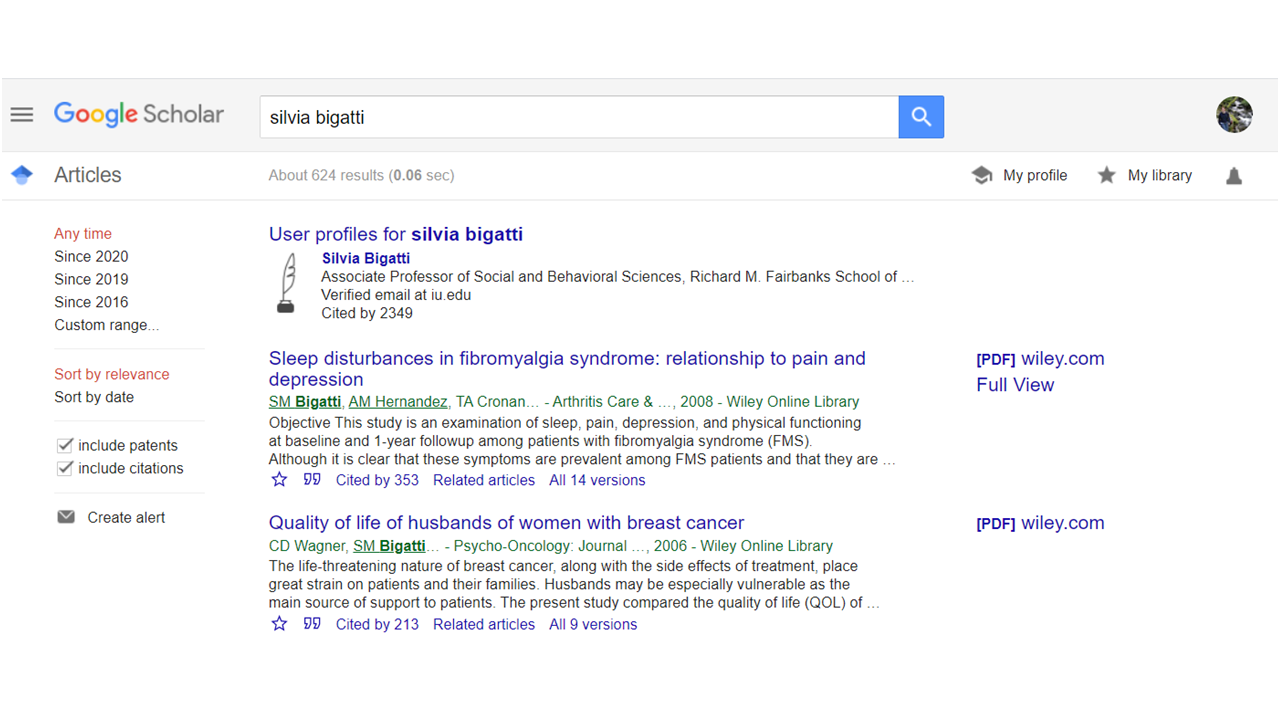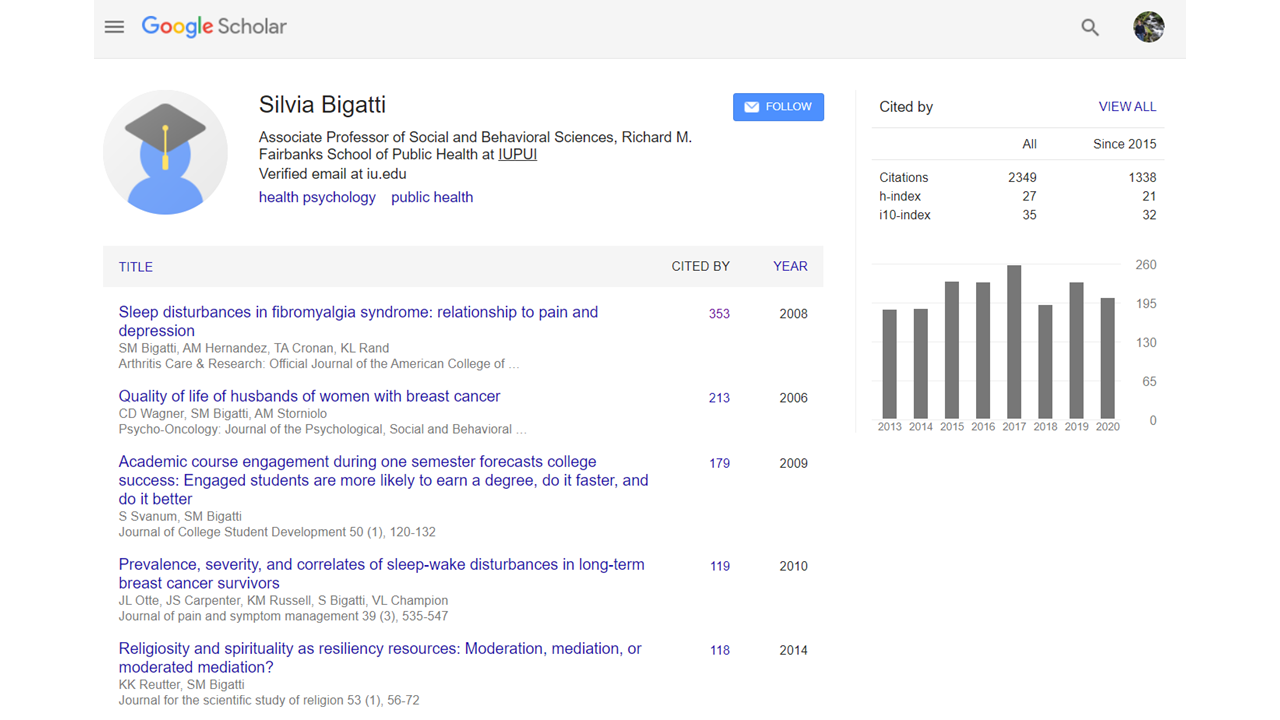Introduction
Google Scholar is a search engine that indexes the full text or metadata of scholarly literature across an range of publishing formats and disciplines. In addition to content from publishers, Google Scholar searches many institutional and subject repositories. The exact details of what is indexed are not made public by Google.
This recipe will show you how to gather:
- citation counts


